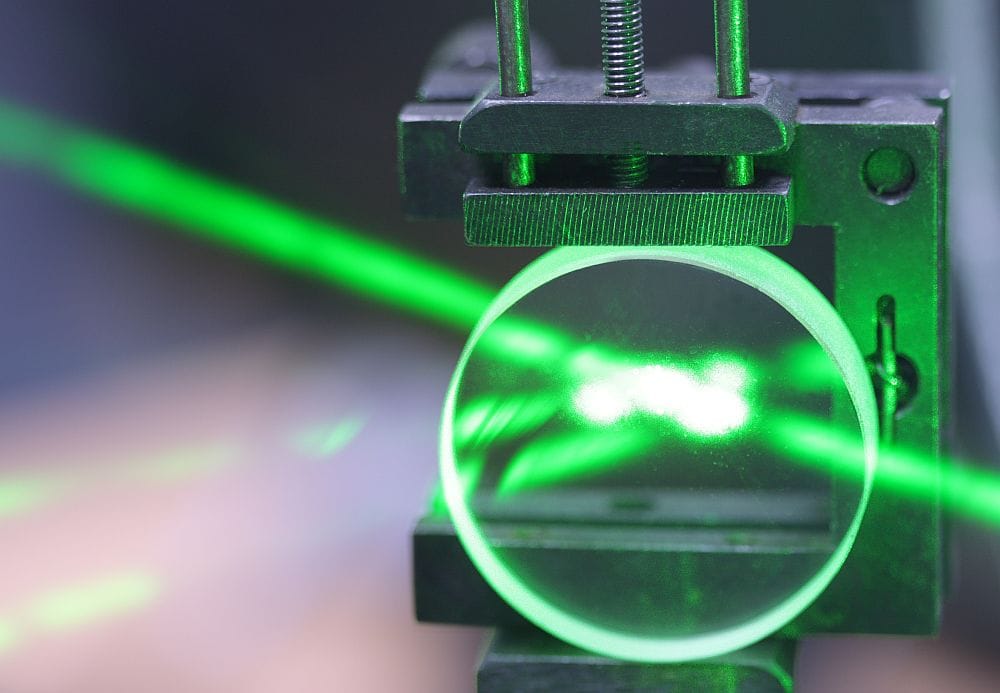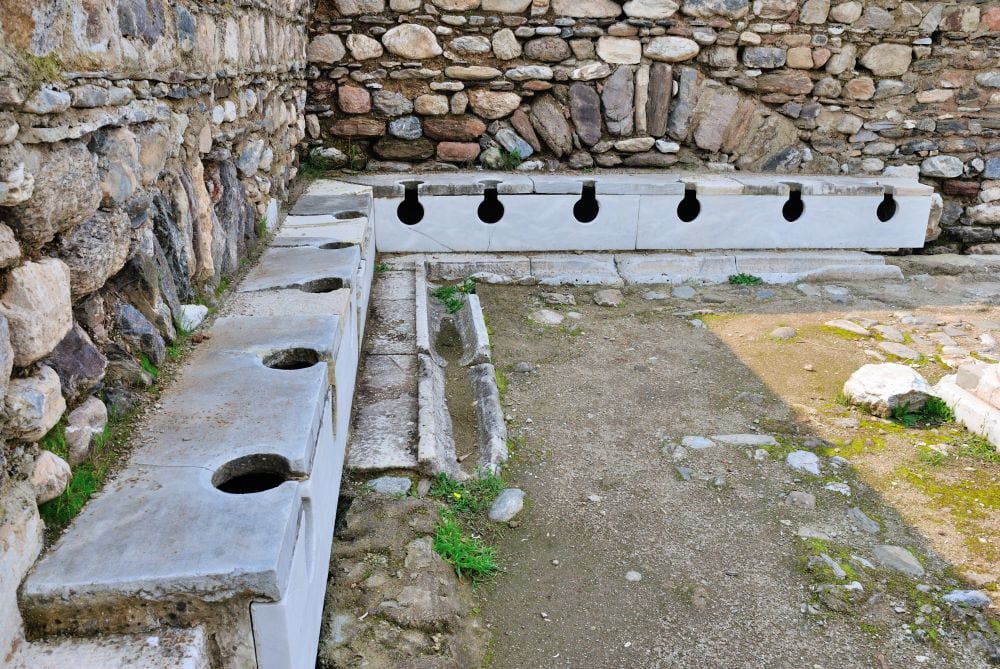
[Image above] A stack of autoclaved aerated concrete blocks. Increasing the use of aerated concrete in construction is one way to help reduce emissions in the concrete industry. Credit: MelKo21, Wikimedia (CC BY-SA 4.0)
As demonstrated on CTT last week, sustainability is at the top of people’s minds in the cement and concrete industry.
While there are numerous ways to help reduce emissions in this industry, one option is to reduce the amount of raw material needed to produce concrete. Today’s CTT overviews one way to achieve such reductions—through increased use of aerated concrete.
Aerated concrete: A brief history
Aerated concrete, also called cellular concrete, is a lightweight and porous construction material. The cementitious product consists of about 80% air, and so contains less raw material per volume than many other building products.
Aerated concrete traces its beginnings to the late 1800s, when several European patents were granted for methods to attain porous cementitious mixtures. However, the real breakthrough came in 1923, when Swedish architect Axel Eriksson discovered that his previously patented aerated mixture could easily handle autoclaving, i.e., a pressurized steam curing process. This curing process allows the aerated concrete to harden quickly with little shrinkage.
The autoclaved aerated concrete market underwent rapid change over the next century, as detailed below.
- 1929. Sweden builds the first factory for making autoclaved aerated concrete blocks. Eventually, more than six plants are built in the country.
- 1935. Autoclaved aerated concrete reinforced elements (roof and floor panels) under the brand name Siporex are introduced to the Swedish market, using cement instead of lime as a binder.
- 1937. Technology transfer of autoclaved aerated concrete begins in Europe, including to the Netherlands and Germany.
- ~1945–1970s. Germany, the United Kingdom, Sweden, Denmark, and the Netherlands become major producers of autoclaved aerated concrete, using different technologies to produce similar products.
- 1980s. Germany improved the Swedish technology for creating autoclaved aerated concrete after Sweden’s domestic market crashed. Multiple plants are built in Asia, the Middle East, and Eastern Europe, based on four different technologies.
- 1987. The Netherlands develops autoclaved aerated concrete products with a smooth surface.
- 1990s. The first autoclaved aerated concrete plant is built in China. Mergers and acquisitions increase, leading to factory closures in 2001 from overcapacity.
- 2002. The Netherlands improves reinforced element production, allowing for the manufacture of complete prefab housing solutions.
- 2014. The global autoclaved aerated concrete market grows to 3,000 production facilities, totaling 450 million cubic meters per year of nonreinforced blocks.
Materials and processes for creating aerated concrete
Aerated concrete typically consists of cement, lime, water, finely ground sand, and, often, fly ash or other waste materials. Air is introduced into the mixture by either
- Adding an expansion agent (often aluminum powder) that reacts with the slurry during the autoclaving process. (Autoclaved aerated concrete)
- Injecting preformed stable foam or an air-entraining admixture. (Foam concrete)
Both types of aerated concrete have the following advantages.
- Enhanced heat and sound insulation due to the porous structure;
- Good fire resistance;
- Lighter weight than regular concrete, which makes it easier to transport;
- Easier to machine than regular concrete; and
- Lower carbon footprint than other masonry products due to its production process requiring less energy.
The main disadvantage of aerated concrete is that it easily absorbs water due to its porous structure. If water trapped in these pores freezes and expands, cracking can occur and will damage the structure. To prevent this outcome, it is recommended that coatings be applied to the aerate concrete that repel water but allow the concrete to breathe.
Applications
The construction industry uses aerated concrete for a variety of applications. Low-density grades are used for insulation. Medium-density grades are used for load-bearing walls. Higher-density grades, combined with steel reinforcement, are suitable for prefabricated structural members.
Aerated concrete is also used as a fill material for abandoned pipes and tanks, mine stabilization, and retaining walls. Its low density is a major advantage for these applications, especially because it can absorb earthquake vibrations in subsurface structures. Specific examples of aerated concrete used for earthquake applications include a special rocking panel designed in Japan and fill grouting in a Los Angeles stadium.
Transportation-related applications of aerated concrete include as embankment materials for widening highways and as fill materials for voids during bridge renovations, among others.
Aerated concrete traditionally requires expertise to produce and install. However, a company called Domegaia invented special foam generators for do-it-yourself homebuilders. The company offers workshops on how to use its material to build dome homes.
Improving aerated concrete’s end-of-life sustainability
Sulfate is typically added to autoclaved aerated concrete because it reduces shrinkage and enhances compressive strength and durability. But this addition makes recycling the concrete difficult due to the potential for leaching sulfate ions.
Last year, German researchers showed that sulfate usage could be reduced up to 75% by substituting in calcined clay. But until methods such as these are commercialized, researchers are investigating using aerated concrete waste as a raw material.
For example, researchers in China created micropowder out of aerated concrete waste, which they used as an internal curing material for ultrahigh-performance concrete. Researchers in Germany showed that aerated concrete waste can be used to produce belite cement clinker, which in turn can partially substitute for Portland cement used in aerated concrete production, thus further lowering its carbon footprint.
Author
Laurel Sheppard
CTT Categories
- Cement
- Construction
- Education


